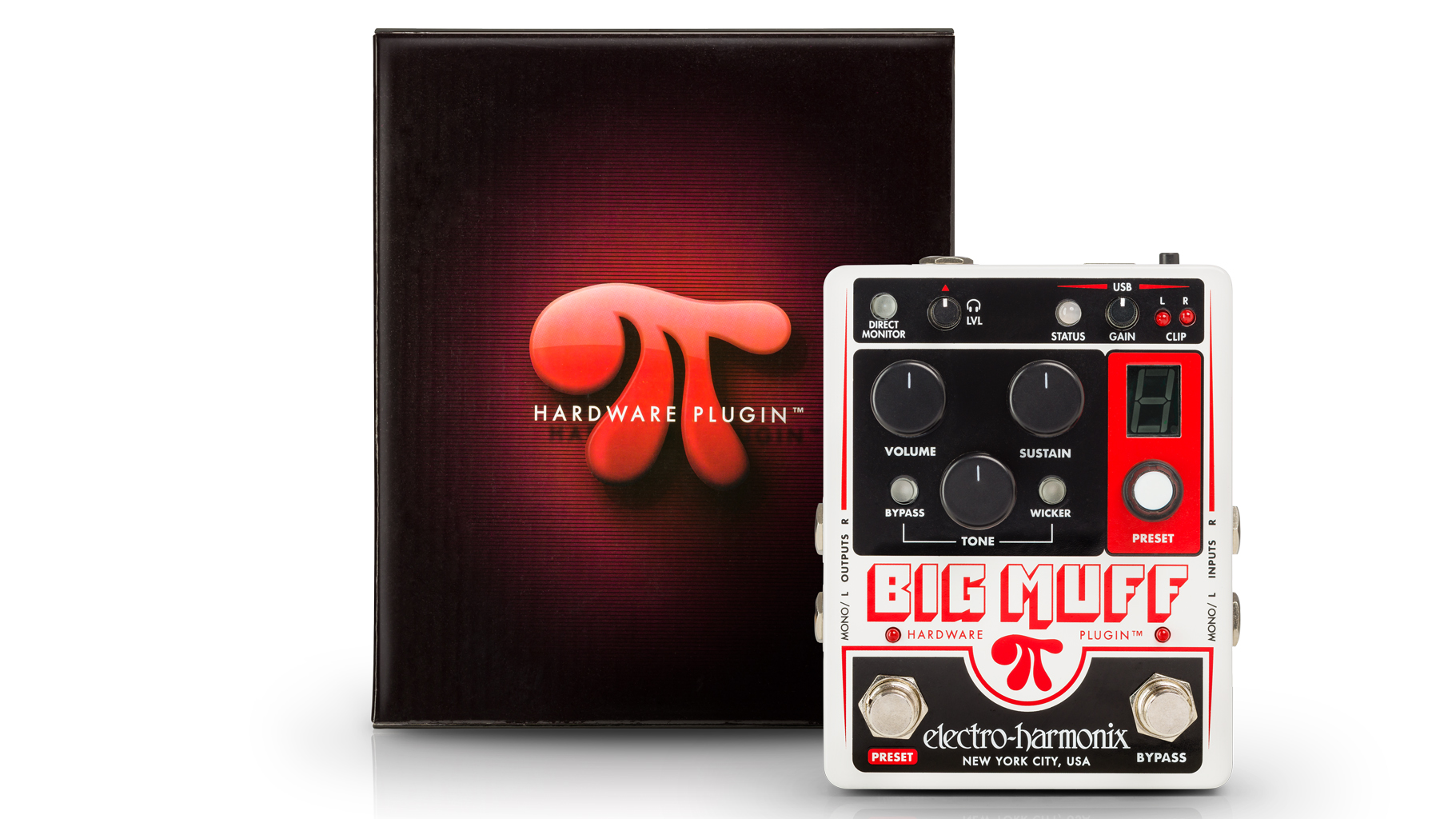MusicRadar Verdict
Overall, it’s a creative idea that widens the appeal of the Big Muff from being a pedalboard classic to an analogue studio processor. Was the world screaming out for it? No. Do we absolutely need it? Debatable. Is it a lot of fun? Yes, it is.
Pros
- +
Classic fuzz tones
- +
A Big Muff with presets
- +
Audio interface capability
Cons
- -
Pricey
- -
Many people already own an interface
- -
Plugin more can only apply to one track at a time
MusicRadar's got your back
Big Muff Pi Hardware Plugin: What is it?

You know the Big Muff. Or at least you should do. At the time of writing there are well over a dozen Big Muff variants available in the Electro-Harmonix catalogue, ranging from Nano-sized to Ram’s Head to Tone Wicker, Sovtek, Russian, Germanium, bass versions and more.
So, over 50 years since Mike Matthews and Bob Myer brought us our favourite theorem-based fuzz, you might be wondering exactly what other iterations are left for the Big Muff Pi. Well, as it turns out, there’s at least one thing that has never added to the Big Muff, and it’s a fairly big one.
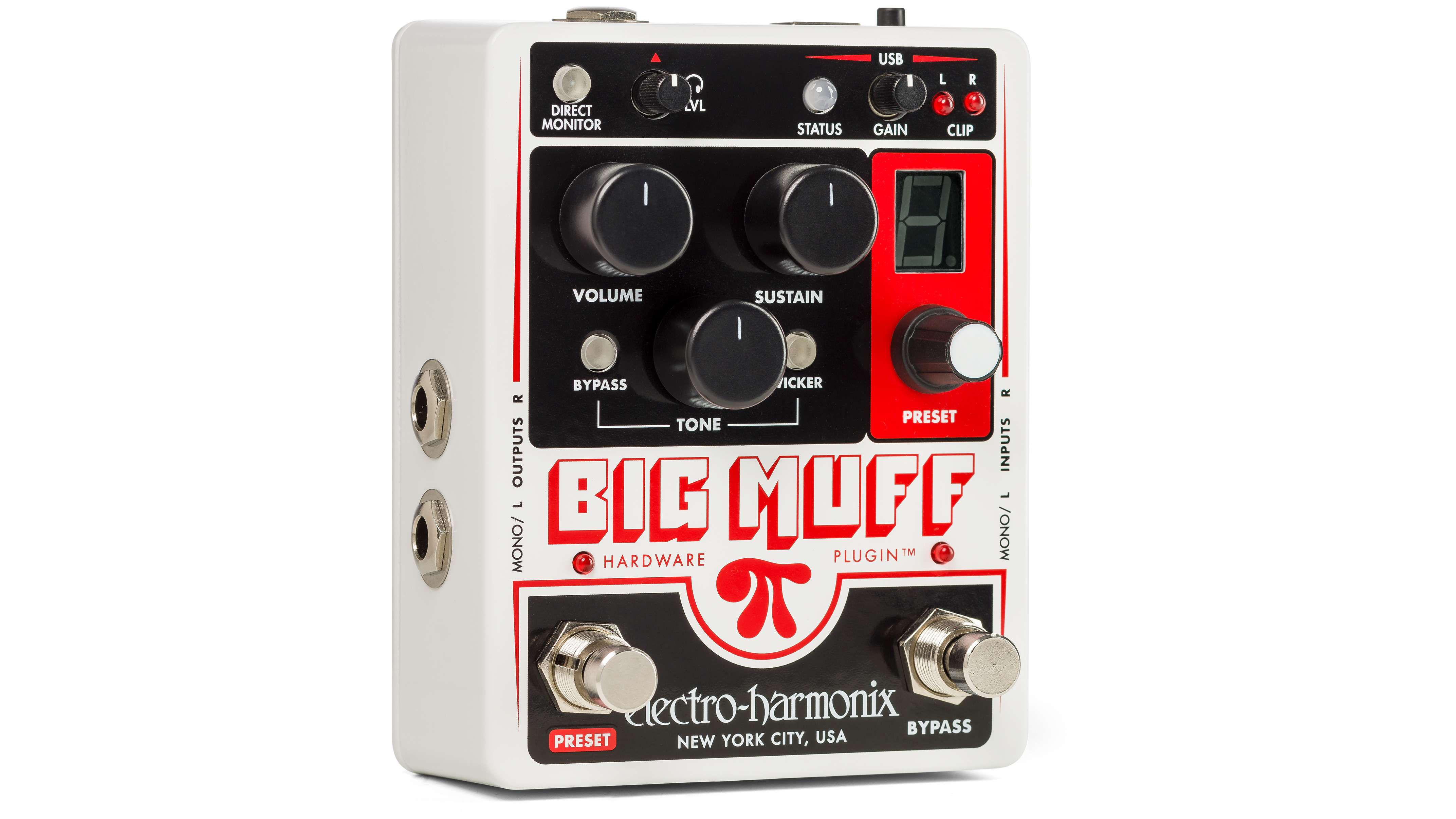
The Big Muff Pi Hardware Plugin sees USB added to the list of features, which at first glance might not be a big development - after all, we can’t throw a USB cable near our rigs without half our gear attempting to interface with it. But while the addition of a USB audio interface is a fairly standard feature, it does unlock a number of possibilities never-before-seen in the Big Muff family.
Big Muff Pi Hardware Plugin: Performance and verdict
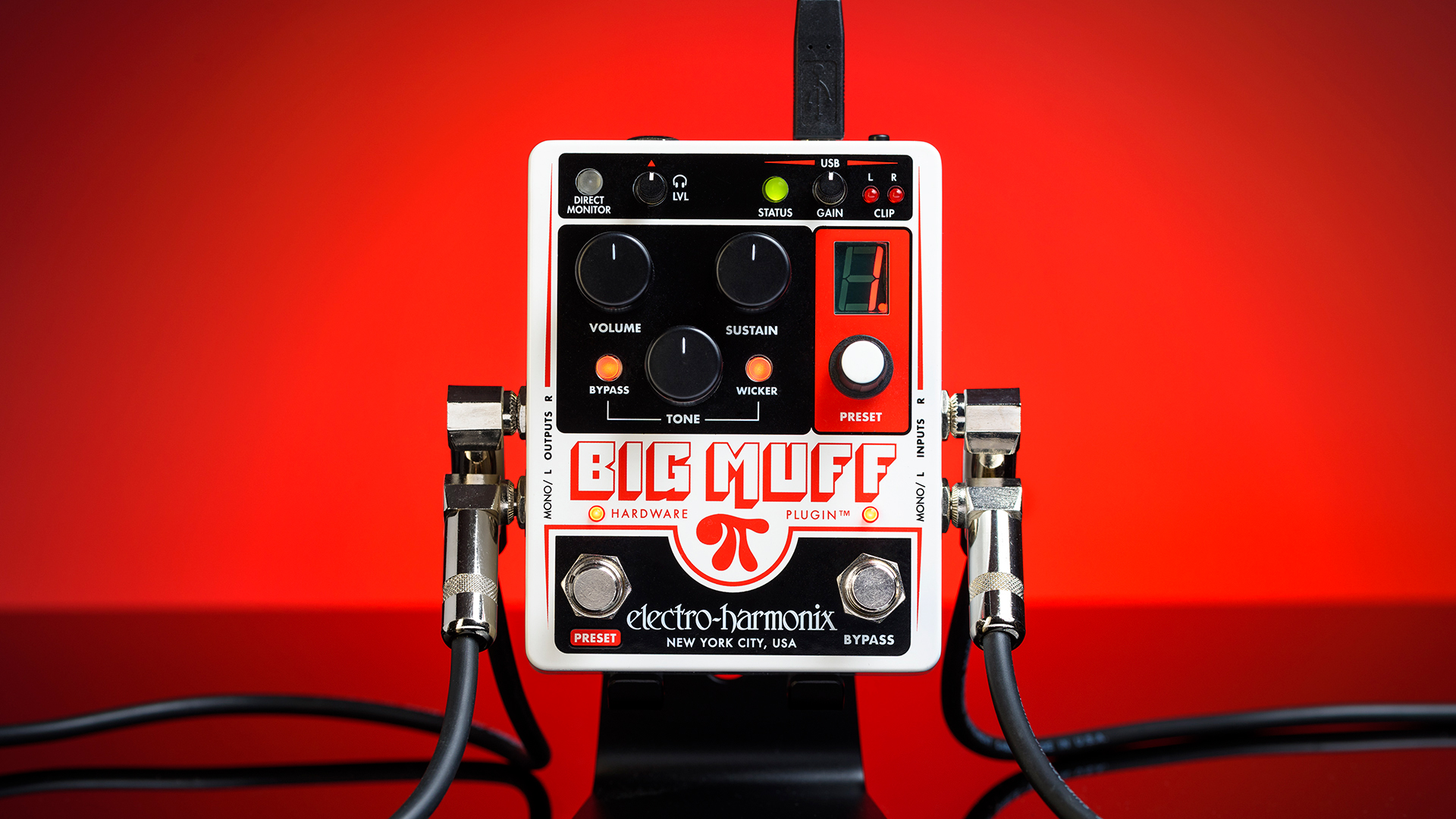
At its core, this is a Big Muff fuzz pedal, based on a Ram’s Head Big Muff and equipped with the three traditional Volume, Tone and Sustain controls
First, let’s go back a bit. At its core, this is a Big Muff fuzz pedal, based on a Ram’s Head Big Muff and equipped with the three traditional Volume, Tone and Sustain controls. Also present are the tone bypass switch - which as you’d expect removes the Muff’s tone control from the signal path. Next is the Wicker circuit, as found on the Big Muff Tone Wicker, which extends the high frequency response of the pedal: when bypassed it’s the classic wooly Big Muff sound, when engaged we get an open top end which purists may not care for, but everyone else will likely appreciate.
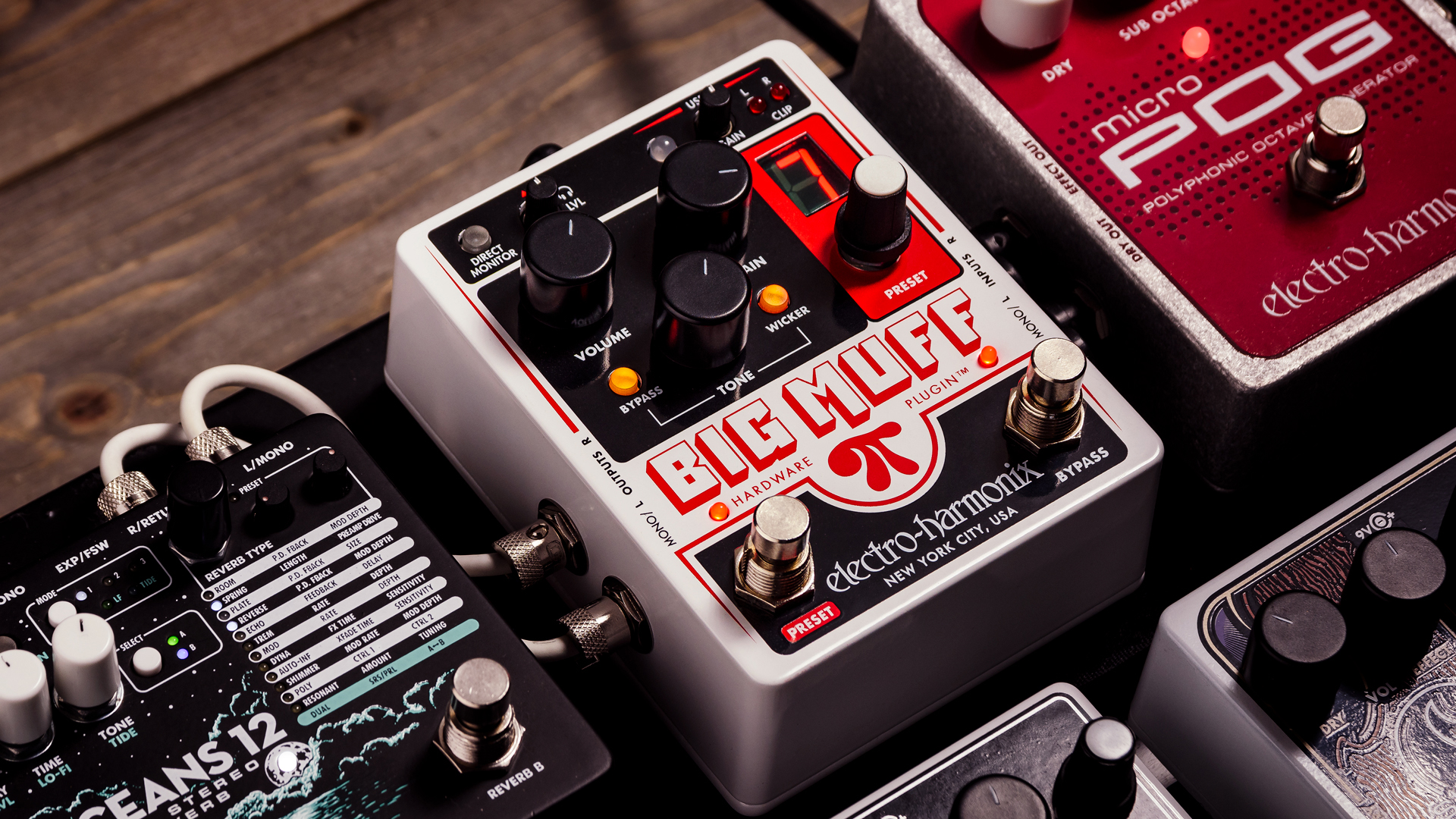
Out of the box it comes loaded with presets based on classic Big Muff tones including Pink Floyd, The Black Keys, Smashing Pumpkins and more
When used standalone mode into an amp, it functions like any other pedal and delivers us that familiar Ram's Head Muff tone - fat, wooly, with huge amounts of fiercely clipped gain on tap. The guitar signal path is entirely analogue, but thanks to the digitised controls, this Muff has a memory. 10 of them in fact (or an unlimited amount when used in plugin mode). Out of the box it comes loaded with presets based on classic Big Muff tones including Pink Floyd, The Black Keys, Smashing Pumpkins and more, but you can save any combination of the pedal’s controls (including the Tone Bypass and Tone Wicker positions) to a preset for recall later.
Next comes the USB connectivity. The Big Muff Pi Hardware Plugin can work as a 2-in/2-out audio interface, with dedicated interface controls placed at the top of the pedal. There are recording input/output gain controls (complete with clip LED indicators), a direct monitoring button, which routes the audio straight to the pedals headphone jack – mounted to the front edge of the pedal – for latency-free monitoring of your guitar signal, and we also get a headphone volume control.
Pairing two seemingly disparate elements of our guitar/recording setups still doesn’t make a huge amount of sense
When connected to your computer DAW, you can use the Big Muff as the centrepiece of your recording setup, but it still begs the question - why? Well, the most obvious reason would be that if you don’t already own an interface, this gives you a pretty well-stocked solution in a guitar-friendly format, and you can apply the Muff’s gain to your track on the way into the computer - obviously it’ll be captured with whatever processing you add. But, as we’ve established, there are plenty of other bits of gear that also do this, so pairing two seemingly disparate elements of our guitar/recording setups still doesn’t make a huge amount of sense.
Want all the hottest music and gear news, reviews, deals, features and more, direct to your inbox? Sign up here.
Turn your attention back to the name of the pedal, and the clue is in the “Hardware Plugin” part. If you’ve ever spent more than a few minutes reading about recording, you’ll know that ‘analogue warmth’ is a very desirable quality that producers spend thousands trying to chase. Now, granted, the Big Muff isn’t really known for the soft clipping that studio bods love, but in this context, we’re presented with a tried-and-true legend of analogue gain, ready to route onto your recorded tracks.
This is done with the help of the free software plugin, downloadable from EHX’s website.
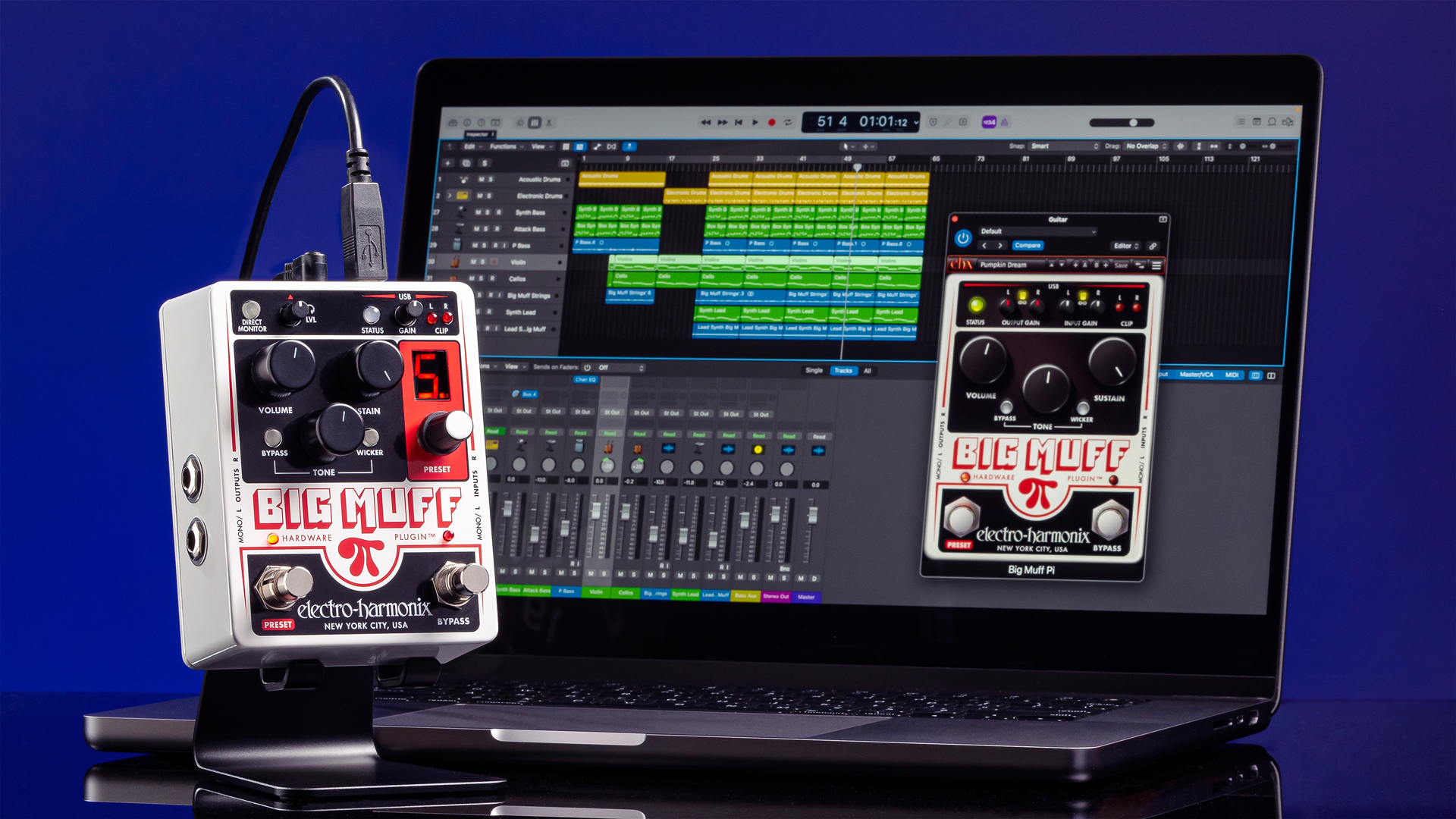
It’s here that things become more interesting, because now you have a simple way of applying the Big Muff’s gain to whatever instrument you like, in stereo, and it’s addictive
Now, we say plugin, but it’s actually more of a graphic interface/controller which sits in the effects slots of your DAW. We should also point out that it can't be used as a 'hardware plugin' and your audio interface simultaneously - you'll need to switch to your computer's built-in outputs or another interface if you want to us the pedal in plugin mode. The plugin itself doesn’t actually do any processing, and this all occurs within the analogue domain of the pedal. Of course, it’s converting it from digital to analogue and back again on the way to and from the computer, but the gain remains analogue.
It’s here that things become more interesting, because now you have a simple way of applying the Big Muff’s gain to whatever instrument you like, in stereo, and it’s addictive. Want to blend some gain on a bass track without losing your low end? Set it up as a send effect. Fancy applying some rich harmonics to your vocal tracks? How about making your drum parts more industrial? It can be applied to anything you set your mind to, but with one catch: it can only be applied to one track at a time.
When you’ve finished tweaking, you can save the settings as a preset for recall later, but you will need to eventually render the audio back into your track in real time at some point. This is because unlike a genuine plugin, the pedal is doing all the sonic manipulation, rather than it all happening ‘inside the box’. Of course, you’ll need to do this for any tracks that are using the pedal as insert, or collectively as a bus effect on an aux send.
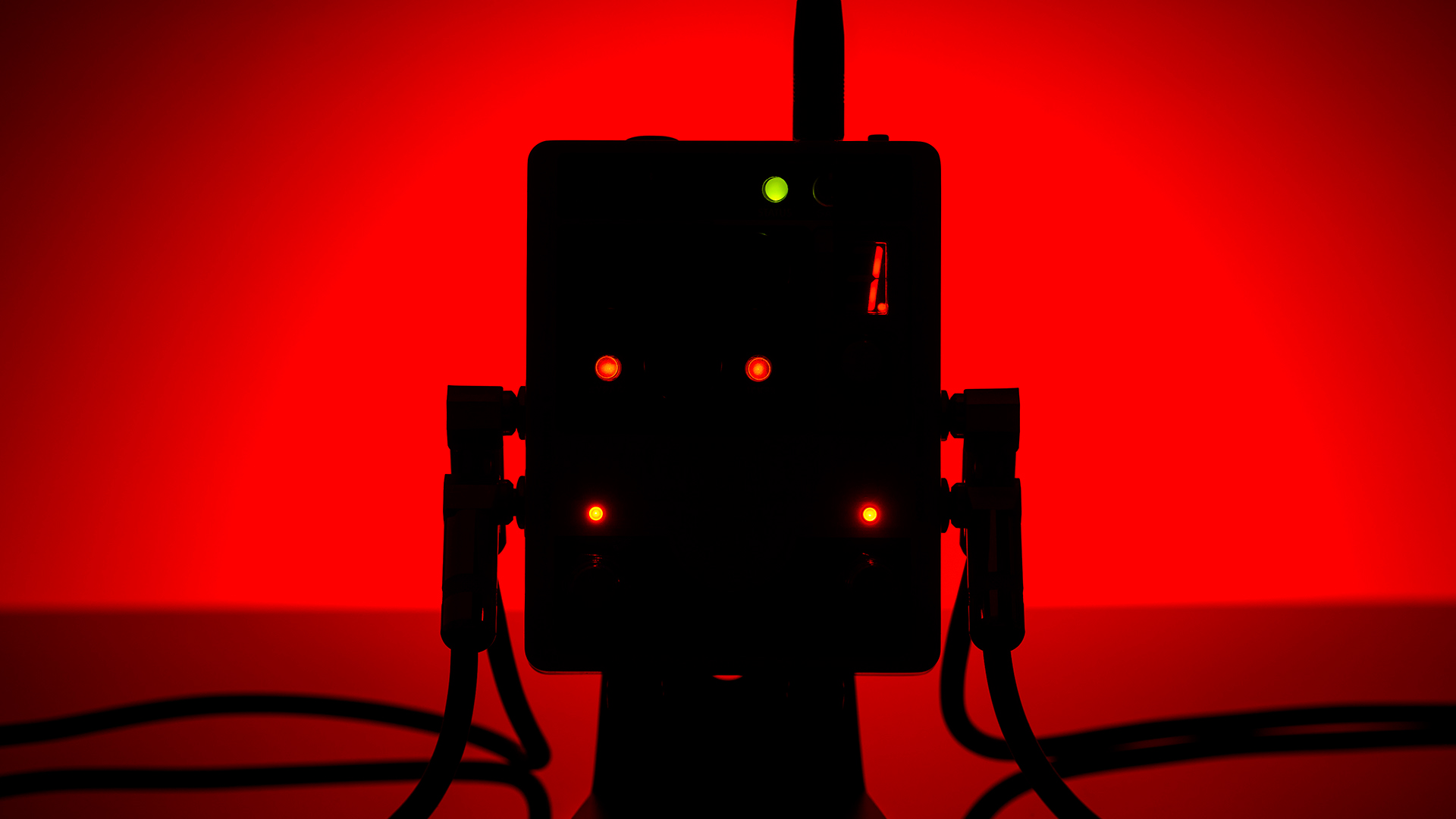
For guitarists who mostly play live, there a many other options available in the EHX stable to take care of the hairy fuzz duties. Granted, we get the preset functionality in this version which could come in handy. But what we’re paying for here are the audio interface and integration into our digital setups. With a dedicated interface and enough channels, this is already achievable, but involves a bit more routing (and tying-up of channels) than guitarists might want.
We’d love to see an effects loop in the analogue part of the pedal - allowing us to run a chain of pedals from the Muff to further process our audio.
MusicRadar verdict: Overall, it’s a creative idea that widens the appeal of the Big Muff from being a pedalboard classic to an analogue studio processor. Was the world screaming out for it? No. Do we absolutely need it? Debatable. Is it a lot of fun? Yes, it is.
Boss DS-1W: Hands-on demos
Sweetwater
Big Muff Pi Hardware Plugin: Specifications
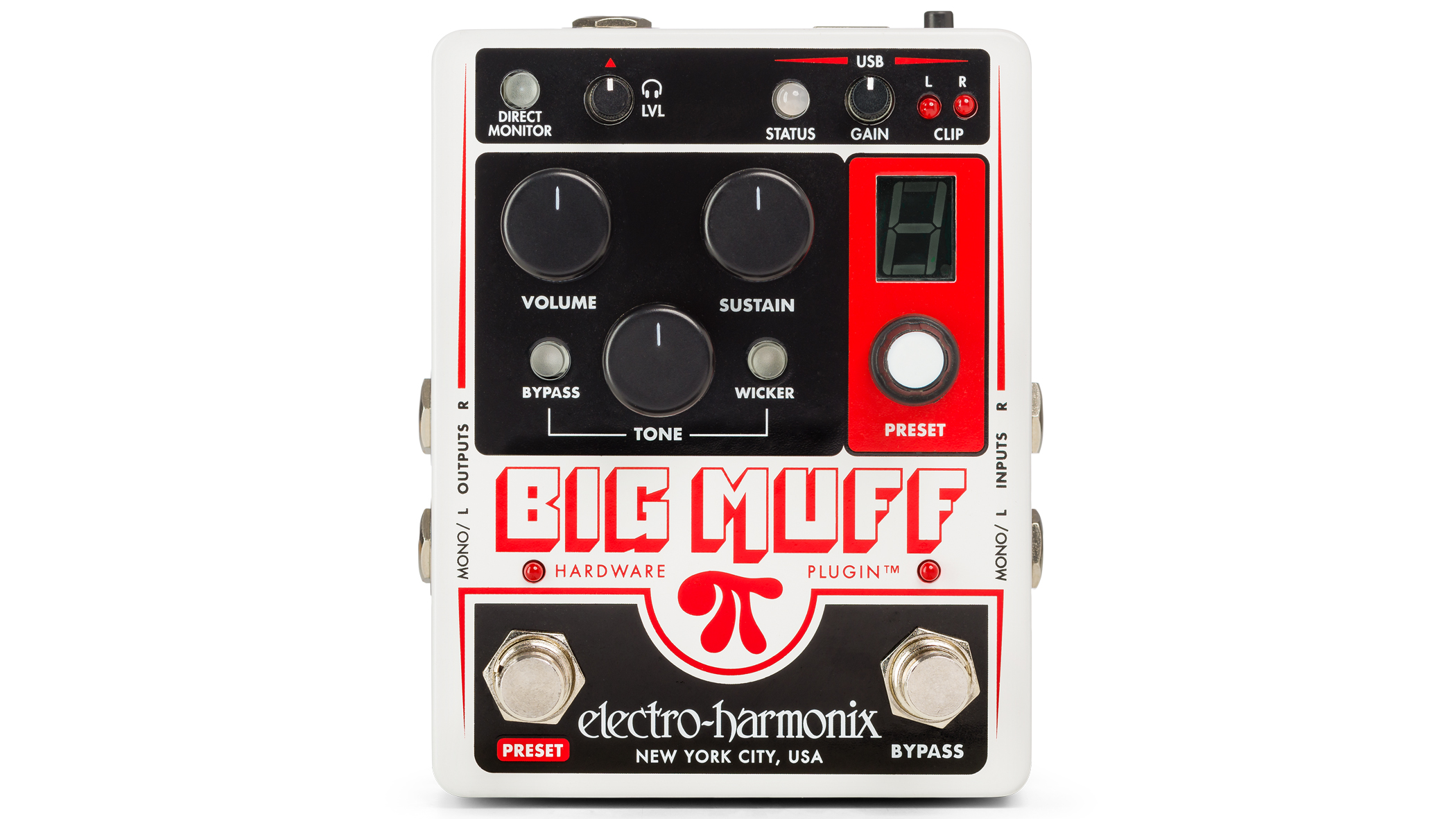
Type: USB audio interface-equipped fuzz pedal
Controls: Volume, sustain, tone, tone bypass, Tone Wicker, USB gain, headphone level, preset select, bypass
Connectivity: Stereo input, stereo output, USB, power
Power: 9V PSU (included) USB bus-powered when connected to computer
Range options: Many
Contact: Electro-Harmonix

Stuart has been working for guitar publications since 2008, beginning his career as Reviews Editor for Total Guitar before becoming Editor for six years. During this time, he and the team brought the magazine into the modern age with digital editions, a Youtube channel and the Apple chart-bothering Total Guitar Podcast. Stuart has also served as a freelance writer for Guitar World, Guitarist and MusicRadar reviewing hundreds of products spanning everything from acoustic guitars to valve amps, modelers and plugins. When not spouting his opinions on the best new gear, Stuart has been reminded on many occasions that the 'never meet your heroes' rule is entirely wrong, clocking-up interviews with the likes of Eddie Van Halen, Foo Fighters, Green Day and many, many more.
